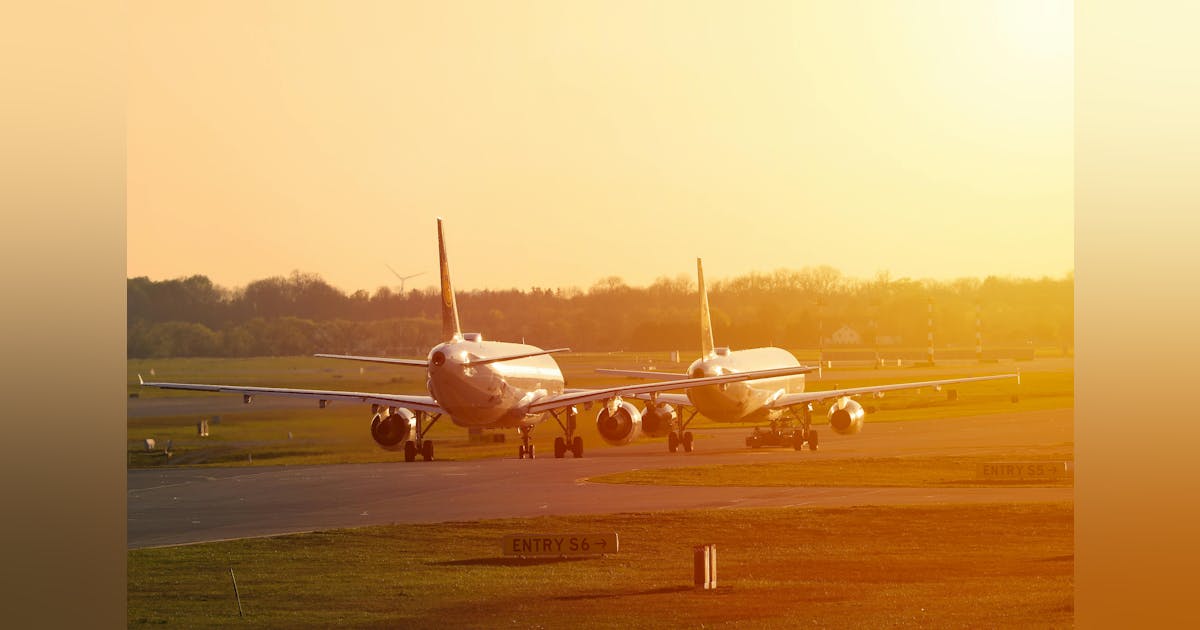FAA Expands Runway Safety Technology to 74 Airports
On March 24, 2025, it was announced that the Federal Aviation Administration (FAA) is set to enhance runway safety with the introduction of new technology across 74 air traffic control towers. This initiative aims to mitigate runway incursions by deploying the Runway Incursion Device (RID), which alerts controllers when a runway is occupied or closed, bolstering situational awareness while standardizing equipment replacements.
Acting FAA Administrator Chris Rocheleau emphasized the importance of this technology, stating, “The Runway Incursion Device is another vital tool to keep the flying public safe.” Currently, RID is operational at four airports, including Austin-Bergstrom International in Texas and Portland International in Oregon. It is expected to go live at Fort Lauderdale-Hollywood International in Florida, Hollywood Burbank in California, and Boise Airport in Idaho within the month. The FAA plans to complete its rollout at 69 additional airports by the end of 2026.
For an additional layer of operational safety, the RID works as a memory aid for controllers who manually toggle a button to indicate runway occupancy. The system incorporates a red flashing light to signal an active runway and a green light to confirm its clarity. An optional aural alert serves as a reminder for controllers to check runway status before giving clearance for takeoff or landing.
Safety Initiatives
RID is an integral part of the FAA’s comprehensive surface safety initiative, which includes the Surface Awareness Initiative (SAI) and Approach Runway Verification (ARV) systems. The SAI leverages surveillance data to monitor ground traffic at airports lacking dedicated surface monitoring capabilities, while the ARV provides auditory and visual alerts when an aircraft is mistakenly aligned to land on the incorrect runway or airport.
Originally developed at the William J. Hughes Technical Center in New Jersey, the RID replaces outdated systems from the 1980s, enabling each tower to adjust the device’s settings to monitor up to eight runways, taxiways, and ramps tailored to local operational requirements.
For more detailed information, you can check Garmin’s announcement concerning software solutions aimed at preventing runway incursions here.
At the conclusion of this article, you can read the original publication by following this link: Original Article.













